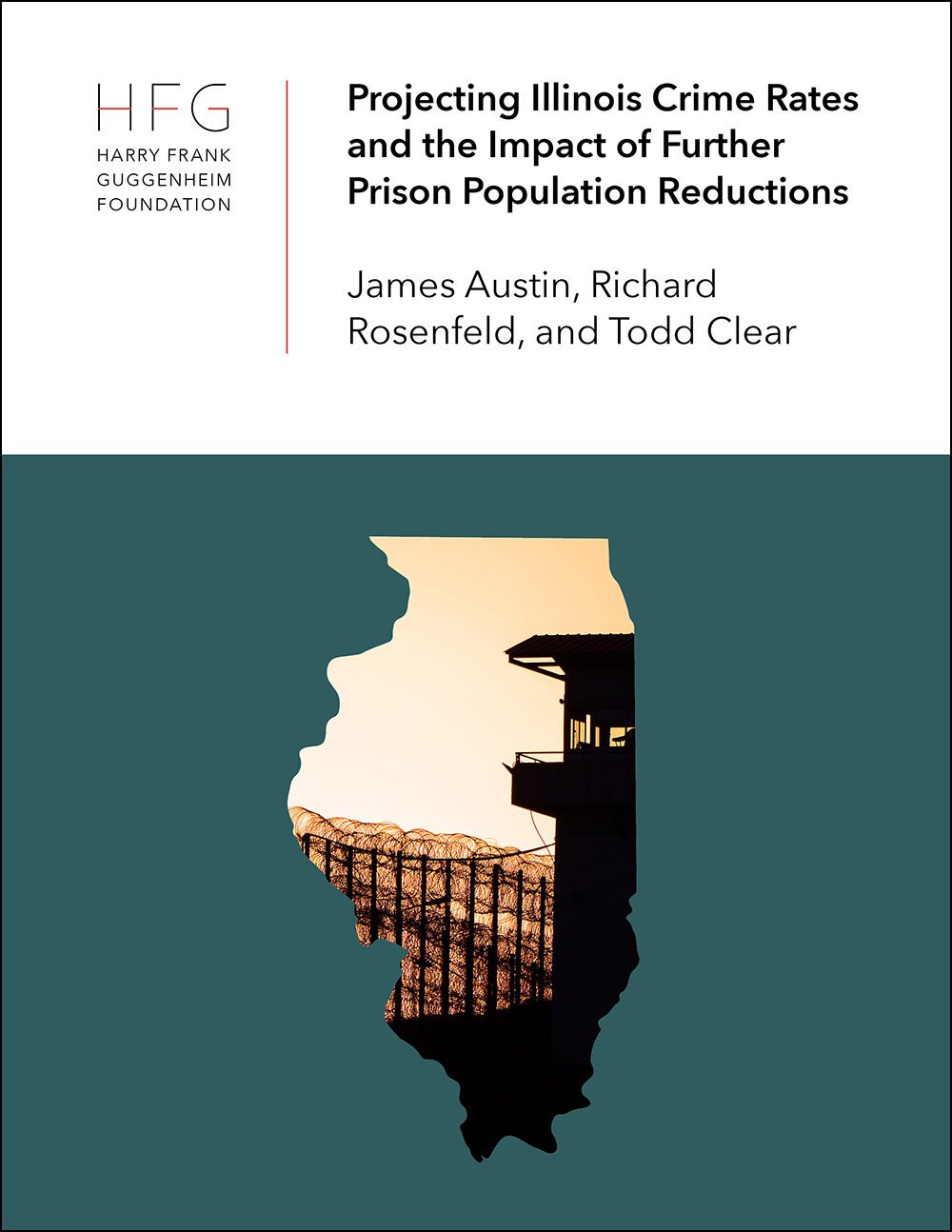By Michele Goodwin
On August 31, 2017, The New York Times published a provocative news article, “The Incarcerated Women Who Fight California’s Wildfires.” California is particularly known for its wildfires.1 The dry-air, hot-weather conditions that persist much of the year and limited rainfall create the conditions that make pockets of the state ripe for devastating wildfires. Strong winds, often referred to as the Diablo (or the devil), radiate in the northern part of the state, exacerbating the already vulnerable conditions. The Santa Ana winds do the same in southern counties. Fighting these fires can be a matter of life or death. In fact, Shawna Lynn Jones died in 2016, only hours after battling a fire in Southern California. She was nearly done with a three-year sentence—barely two months remained of her incarceration. However, the night before, at 3 a.m., she and other women had been called to put out a raging fire. Tyquesha Brown recalls that the fire that night required traversing a steep hillside of loose rocks and soil.2 This made their task even more challenging. Another woman told a reporter that Jones struggled that night—the weight of her gear and chain made it difficult for her to establish footing to hike up the hill where the fire blazed.3 However, she and the other women of Crew 13-3 performed their duties, holding back the fire so that it did not “jump the line.”4 By doing so, they saved expensive properties in Malibu. However, Jones was dead by 10 a.m. the next morning.5 For “less than $2 an hour,” female inmates like Shawna Jones and Tyquesha Brown “work their bodies to the breaking point” with this dangerous work.6 The women trudge heavy chains, saws, medical supplies, safety gear, and various other equipment into burning hillsides surrounded by intense flames. On occasion, they may arrive “ahead of any aerial support or local fire trucks,”7 leaving the prisons in the peak of night, when it is pitch black, arriving before dawn to the color of bright flames and intense heat. Sometimes the women are called upon to “set the line,” meaning they clear “potential fuel from a six-foot-wide stretch of ground” between the source of the fire (or whatever is burning) and the land or property in need of protection.8 They dig trenches, moving toward the fire with tools in hand, keeping about ten feet apart from each other while calling out conditions.9 The women cut wood, clearing it before the flames lick at its brittle brush. After, they scrape or shovel—all in syncopation—while clouds of smoke envelope them. For protection, thin bandanas or yellow handkerchiefs cover their mouths. They operate in a frightening rhythm of sorts: saw, hook, shovel, and rake charred earth, trees, or whatever remains from the blazing fire. To the naked eye, the women could appear to represent progress. For too long, state, federal, and local agencies excluded women from professions that demanded the service of their bodies at the front lines of anything other than childbearing, motherhood, and domestic duties. Women waged legal battles to become firefighters and police officers.10 Thus, a glance at the women battling California’s fires might convey a message of hope and that the only battles left are the fires themselves—and not the persistent claims of institutional and private discrimination,11 such as colleagues urinating on their beds,12 sexual harassment,13 and retaliation for performing their jobs well.
New York: Cornell Law Review, 2019.





















